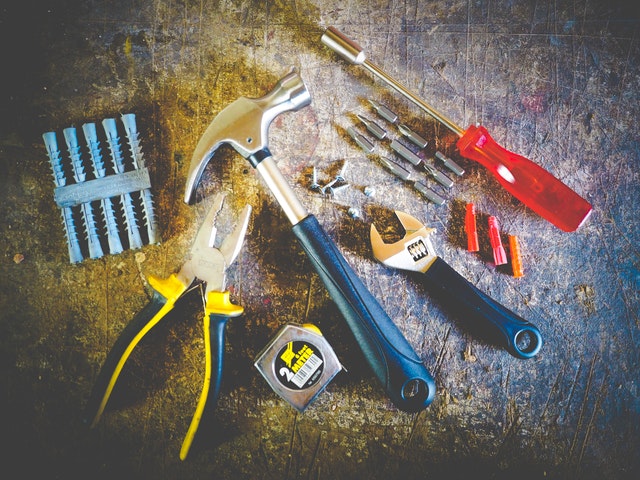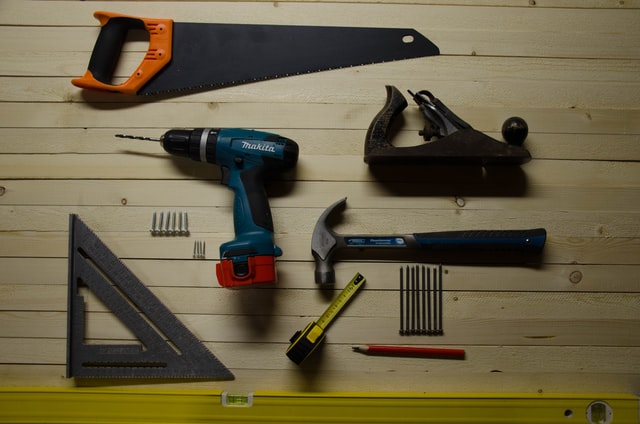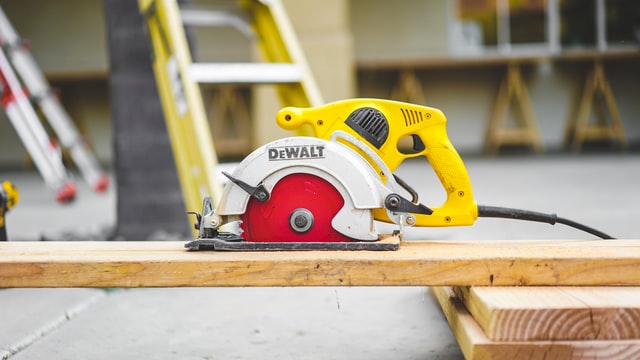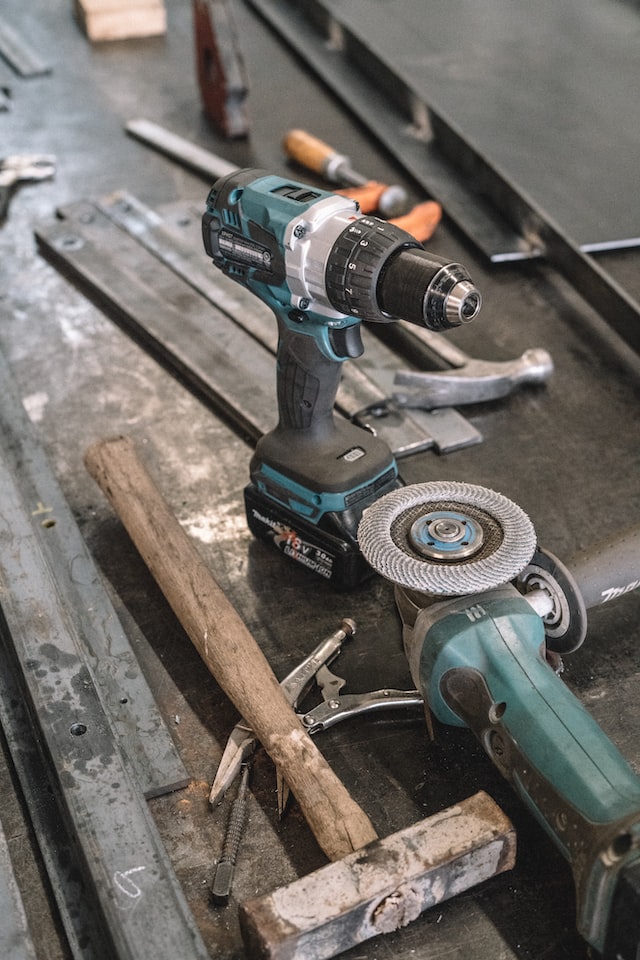PLIERS-Pliers are not used that often except when installing electrical components. They are, however, an essential tool for any homeowner.
WIRE CUTTERS&STRIPPERS-Wire cutters are used while installing the electric lines. This is thick wire, so the larger the cutters the better. Strippers remove the sheathing from the electrical wires efficiently.
UTILITY KNIFE & LADES– A utility knife is used to cut the housewrap, tar paper, and even to score the metal roof panels. Keep lots of blades handy. As they dull quickly.
STEEL SNIPS– Steel or tin snips are used to cut various metal components, primarily while installing the metal roof. They come in straight cutting, left cutting, and right cutting versions that designate in which direction they can easily cut angles.
PVC PIPE CUTTER-A pipe cutter is an inexpensive tool that creates quick and clean cuts of PVC and CPVC. A hand or miter saw can also be used as a substitute for this tool but it is not nearly as convenient and will leave behind burs that will leave behind burs that will need to be removed be fire the pipes are attached to any fittings.
HOLE SAW-A hole saw is a blade that attaches to a conventional drill. This tool is used to make holes in the subfloor for the drainage plumbing, as well as holes in the exterior walls for the bathroom vent and the plumbing exhaust.
DRILL-A drill is used to drill holes and to drive shorter screws, if the framing of the house is fastened with screws, this tool will get a lot of use when pre-drilling many of the framing boards.
INPACT DRIVER– Impact drivers are used to drive screws, while this tool may be confused for a drill, it works in a different way to produce a lot more torque than a drill. A standard drill might have a difficult time driving a 3 ½ inch screw without striping it; this tool will do it with ease.
CIRCULAR SAW– A circular saw is used to cut all of the sheathing and same 2×4’s. Take extra care when using this tool, as with all saws.
MITER SAW-A miter saw is essential to house framing. Behind the impact driver, it the most commonly used power tool. Almost every single board used in your house, except for the sheathing, will have an edge cut with this saw. While a 10 inch saw will do 95% of the cuts, a 12 inch version with a blade that pivots in both directions is the best option.
Grinder-A grinder is occasionally used on the metal roofing panels to cut sections where the snips or shears have a hard time reaching.




